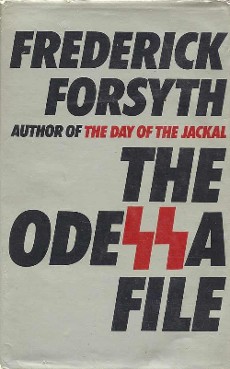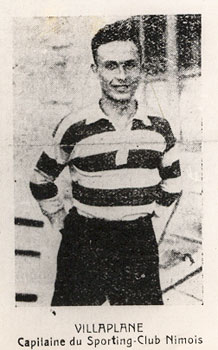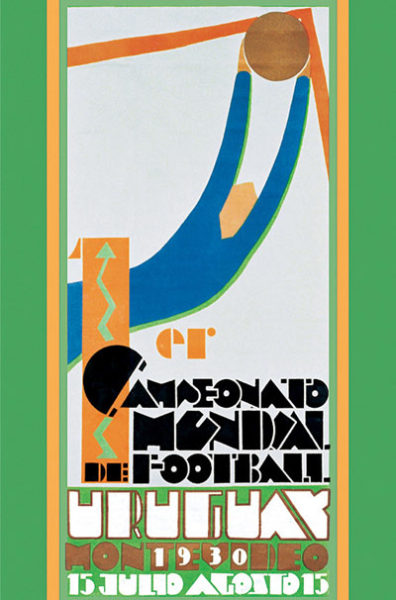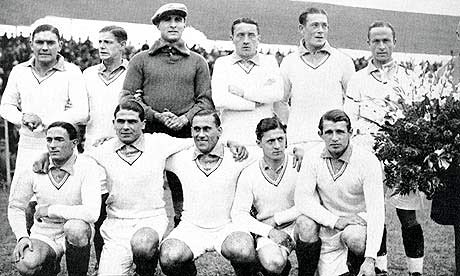The answer is both. Odessa or Organisation der ehemaligen SS−Angehörigen (Organization of Former SS Members) was the code word used by the American Counterintelligence Corps (CIC) to describe an umbrella operation to aid former Nazis in their escape to South America. You’re probably familiar with the fictional Odessa from having read Frederick Forsyth’s 1972 book, The Odessa File, or more likely, having seen the 1974 movie by the same name (starring Jon Voight). Forsyth portrayed Odessa as a secret organization run strictly by and for former Nazi SS men escaping certain retribution by the Allied governments at the end of World War II. Forsyth wrote that Odessa was responsible for the formal escape route out of Europe and into South America where the fanatical former Nazis would try and establish a Fourth Reich. Watch the movie trailer here.


In reality, the organization of the Nazi and other war criminal’s escape routes entailed a much broader web of networks. As the Argentine author, Uki Goñi, put it, “layered rings” of non-Nazi entities sympathetic to Hitler and the Nazi regime were primarily responsible for the organization, implementation, and execution of moving its human cargo across the Atlantic. It wasn’t the singular, secretive, and Nazi SS-organized group as Forsyth portrayed in his book. Goñi’s exhaustive research (a lot of it due to declassified documents) found these “rings” to consist of four primary groups: the Vatican/Catholic Church, Allied intelligence agencies, Swiss authorities, and secret Argentine organizations supported by Juan Perón and his government. Beneficiaries of these escape routes included not only former SS men but war criminals from France (including Vichyites), Croatia, Slovakia, and Belgium. High ranking members of the Ustaše (Croatian) and Rexist (Belgium) fascist parties successfully used these routes to evade capture and certain death.
This is a story too large for one blog. I can only stimulate your appetite to read more about Odessa and the details of more than 10,000 of the most notorious and brutal Axis war criminals escaping to South America between 1945 and 1950. Read More Odessa: Myth or Truth?




